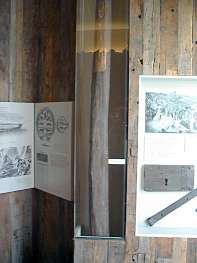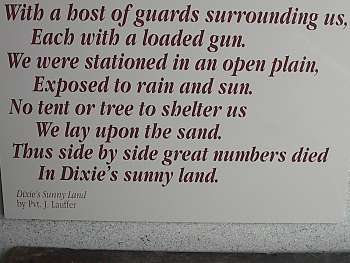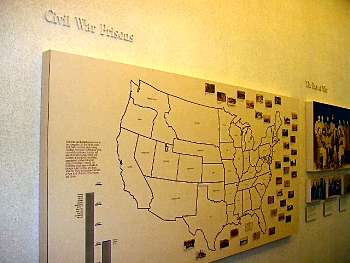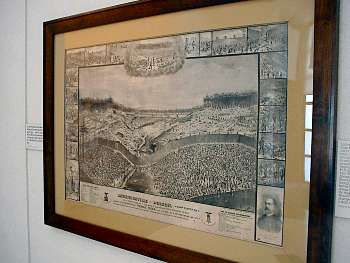|
Andersonville National Historic Site
Page2 Photos this page courtesy of Webmaster |
|||
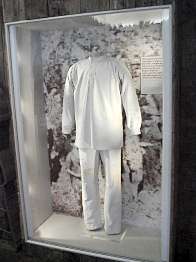 |
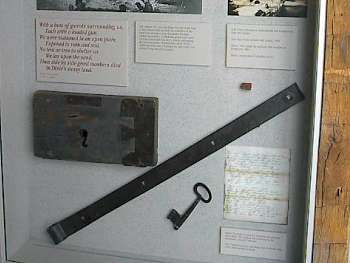 |
||
|
(July 2001) The original lock, key and hinge from the South Gate of the Andersonville stockade are reminders of the brute force it took to keep thousands of trained soldiers in captivity. Confederate guards kept watch over the compound from the 52 towers surrounding the prison stockade. The dead line, about 19 feet within the walls, was a boundary no man could cross without being shot at by a guard |
||
